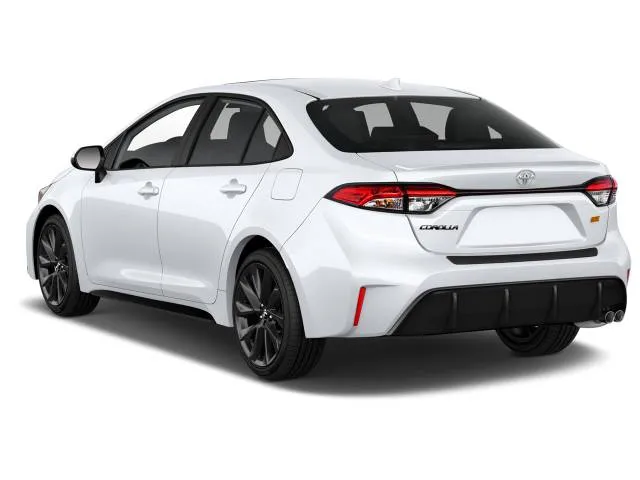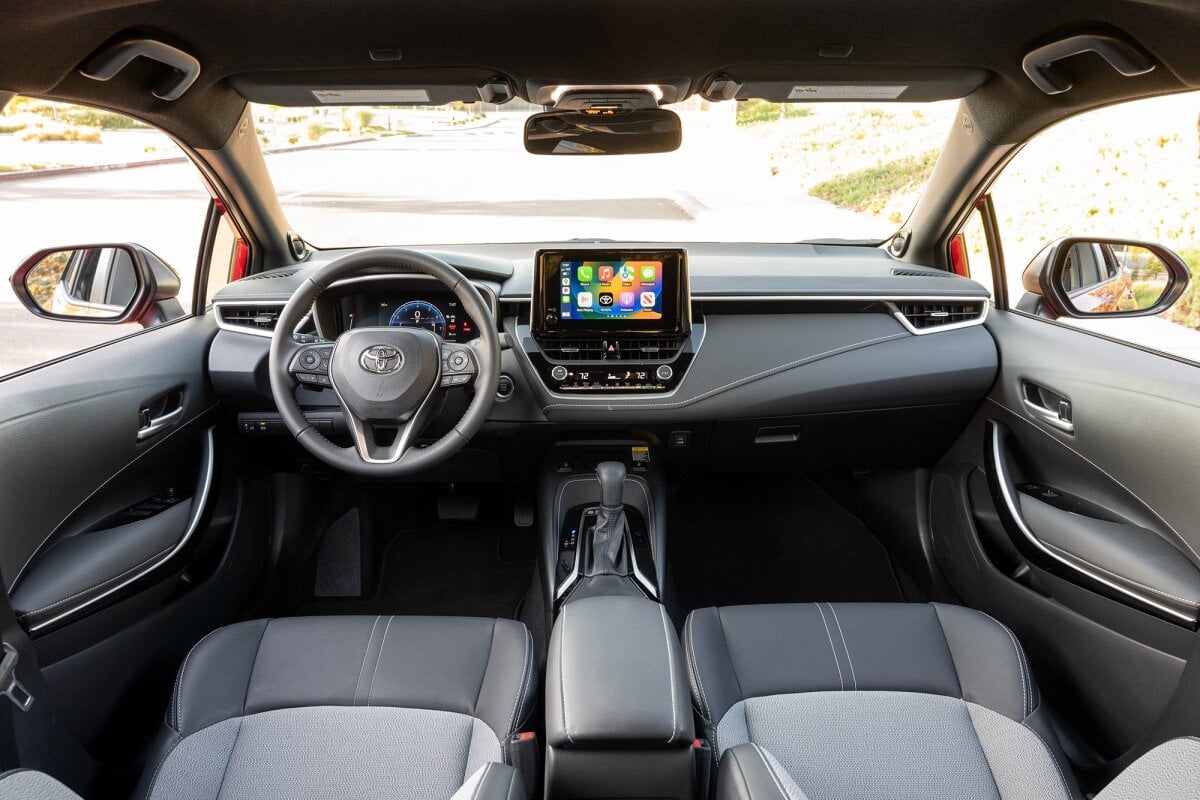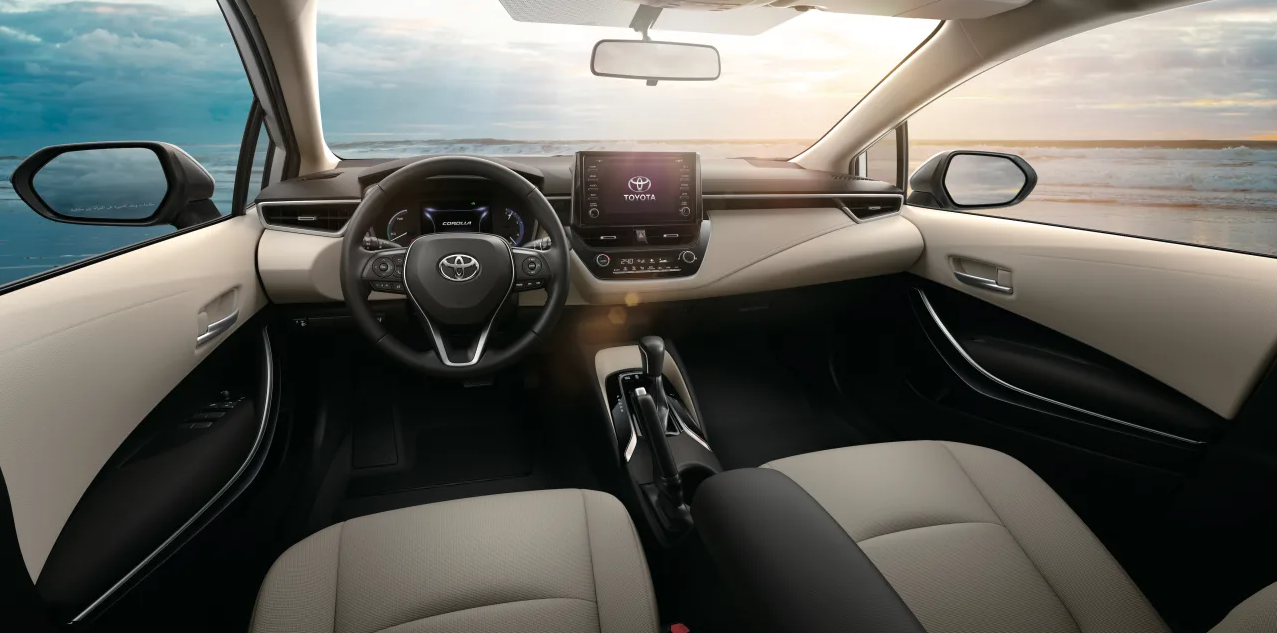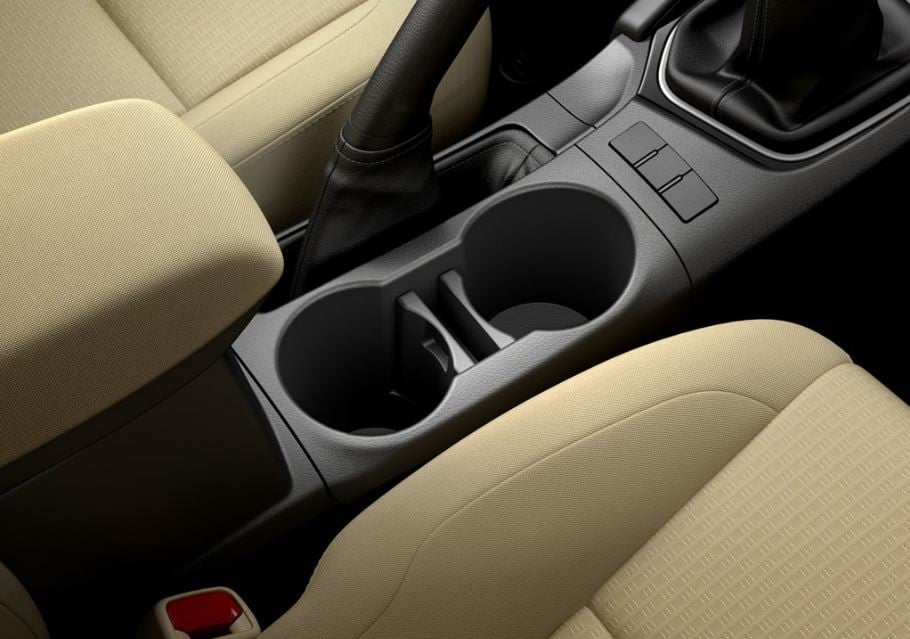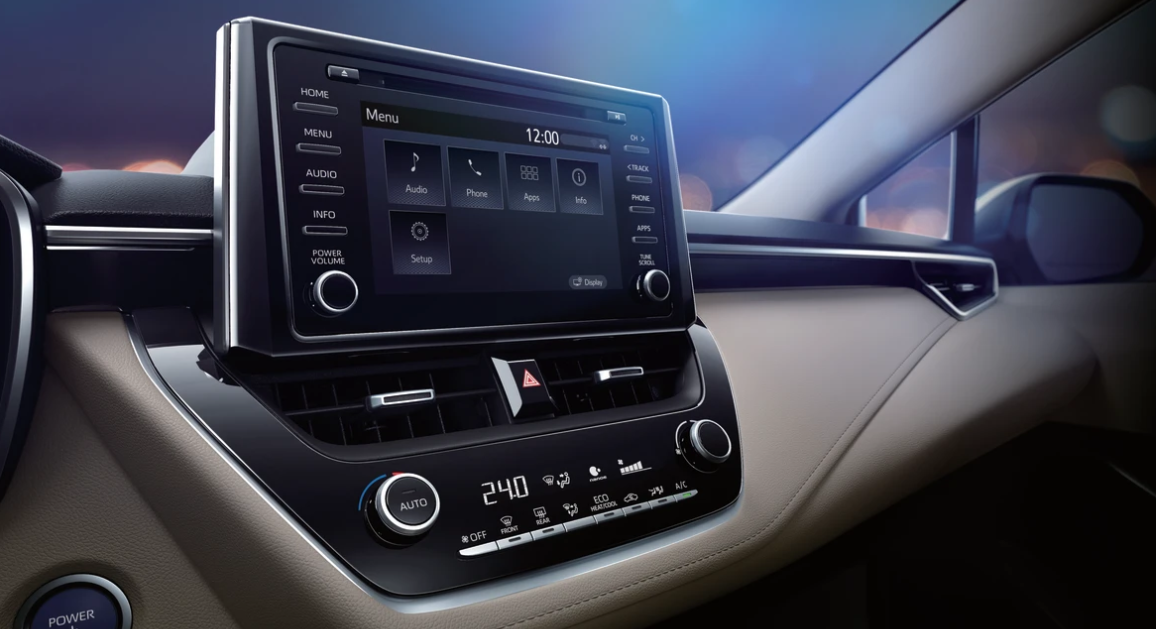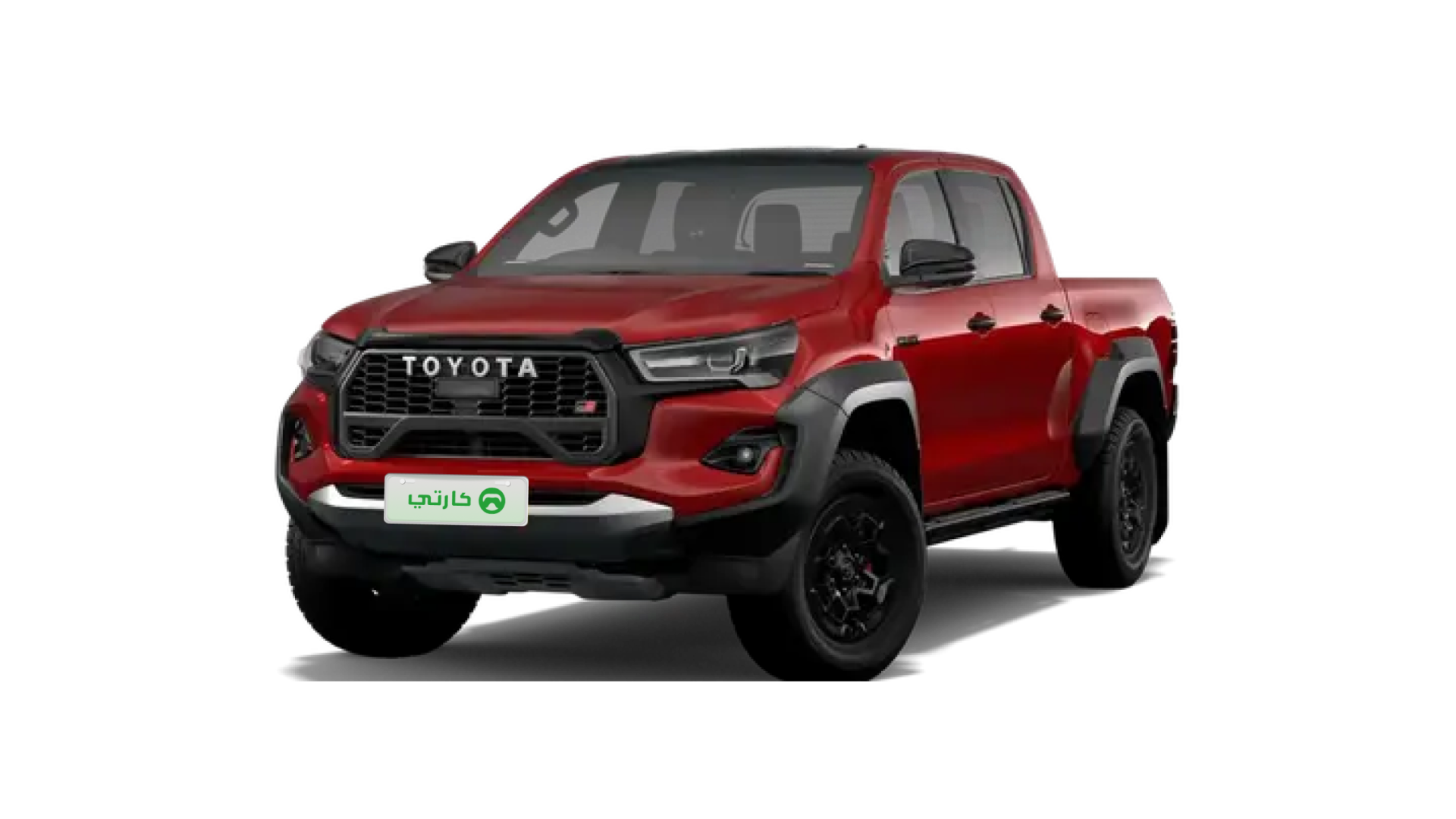For every Toyota Corolla owner, understanding the dashboard symbols is crucial. This guide explains Toyota Corolla dashboard symbols and meanings in a clear, accessible manner. Discover how to react to warning lights quickly and safely!

What to Do When a Warning Light Appears
Immediate Action Steps
When your dashboard displays a warning light, your safety is the priority. First, ensure you pull over safely in a secure area to assess the situation. Then, consult your owner's manual for a detailed explanation of the symbol. Recognize the color codes as they convey the urgency of the issue:
Red Alerts: Signal an immediate problem – stop driving immediately and seek help.
Yellow Indicators: Suggest that the issue needs attention soon, so plan to visit your service center at your earliest convenience.
Green/Blue Lights: Generally indicate that systems are functioning normally, though regular checks are still beneficial.
These steps are especially useful in the challenging driving environments common in the UAE, where high temperatures and dynamic road conditions require extra caution.
Common Emergency Scenarios in a Hot Climate
In the UAE and similar Gulf regions, specific scenarios may trigger dashboard warnings more frequently. For instance, extended summer drives can cause engine temperature warnings, and desert roads might lead to tire pressure alerts as high ambient heat affects tire inflation. Short city trips can sometimes set off battery or charging system warnings due to rapid engine load changes. Staying alert to these nuances helps you react appropriately and prevents further complications.
Color-Coded Alert System Explained
Understanding Red Warning Indicators (Critical)
Red indicators demand swift attention because they often point to critical issues that could compromise your vehicle's safety. The table below outlines common red dashboard symbols and provides clear guidance on the necessary actions:
Symbol | Indicator | Meaning | Recommended Action |
|---|---|---|---|
❗ | Brake System | Low brake fluid or ABS failure detected | Stop immediately and have your vehicle towed for service |
🌡 | Engine Temperature | The engine is overheating | Turn off the AC, shut down the engine, and allow it to cool |
🔋 | Charging System | Battery or alternator issues identified | Inspect the alternator and battery connections carefully |
Recognizing Amber Caution Indicators
Amber alerts indicate that a component needs attention, even if the situation is not immediately dangerous. Typical amber reminders include:
Tire Pressure Alerts: Ensure your tires are maintained within the recommended range of 32-35 PSI to avoid premature wear or safety hazards.
Check Engine Light: Could point to emission issues or minor engine irregularities that require diagnostic evaluation.
Driver Assistance Features: Alerts like lane departure or malfunctioning sensors may need recalibration to restore proper function.
2025 Model-Specific Features
Navigating New Hybrid System Indicators
The 2025 Toyota Corolla introduces advanced hybrid system indicators that keep you informed about your vehicle's energy usage:
EV Mode Status: Confirms when your car is running purely on electric power, helping you plan energy usage efficiently.
Regenerative Braking Levels: Monitors the effectiveness of energy recovery during braking to optimize battery life.
Battery Charge State: Displays real-time battery levels so you can ensure your hybrid system is operating at peak performance.

Embracing Advanced Safety Notifications
Modern safety systems have evolved significantly in the latest model. The dashboard informs you of various safety functions through indicators such as:
Pre-Collision Systems: Alert you to potential hazards on the road, allowing you to take corrective action quickly.
Adaptive Cruise Control: Automatically adjusts your speed to maintain a safe following distance, making long journeys more comfortable.
Parking Sensor Alerts: Provide precise distance measurements to help you navigate tight spaces safely during urban driving.
Maintenance Reminder Symbols
Indicators for Routine Service and Fluid Levels
Regular maintenance is key to keeping your Toyota Corolla performing optimally. The dashboard contains several reminder symbols to help you manage routine upkeep:
Service Interval Lights: Indicate when basic services like oil changes, tire rotations, or cabin air filter replacements are due (commonly every 10,000 km).
Fluid Level Warnings: Notify you when vital fluids such as windshield washer fluid, brake fluid, or coolant fall below the minimum level. This is particularly important in the Gulf region, where high temperatures can accelerate fluid consumption and degradation.
Troubleshooting Common Issues
Quick Fixes for Minor Concerns
Sometimes, dashboard warnings can be resolved with simple troubleshooting methods. You can try the following quick fixes:
Reset the tire pressure light after ensuring that your tires are inflated to the recommended levels using the in-car sensor system.
Clear a lingering check engine light by using an OBD-II scanner, which can readily read the error codes to identify minor issues.
Recalibrate features such as lane assist through the vehicle's infotainment system if the indicators do not automatically adjust following routine driving.
Seeking Professional Assistance
If issues like persistent brake system alerts, a continuously flashing engine management light, or hybrid battery temperature warnings continue after your initial troubleshooting, it's important to seek professional help. Visiting an authorized service center can provide a precise diagnosis, ensuring your Corolla meets GCC safety standards. Professional maintenance not only resolves the problem but also upholds your safety and the vehicle’s longevity over time.
FAQ
What should I do if a dashboard warning light remains on after I’ve taken basic troubleshooting steps?
If a warning light stays on despite resetting or checking the basic settings, begin by reviewing the recommended safety procedures in the owner’s manual. Consider using an OBD-II scanner to pinpoint any error codes responsible for the warning light. Persistent issues, especially with red or critical alerts, should be addressed by a certified technician. This approach ensures your vehicle’s systems are thoroughly checked and any potential hazards are mitigated. Regular professional evaluations add an extra layer of security to your driving experience.
How can I differentiate between minor alerts and critical dashboard symbols in my Toyota Corolla?
Understanding the color-coded system on your dashboard is the key. Red lights typically signify immediate, critical action is needed, while amber lights suggest that the issue, though important, can be observed for a short period. Green or blue indicators usually imply normal operation. This differentiation helps you decide whether you can continue driving or if you must pull over safely to investigate further. Gaining confidence in interpreting these signals ensures that you maintain both your vehicle’s and your personal safety on the road.

How frequently should I inspect my dashboard indicators for optimal vehicle performance?
Routine inspections of your dashboard symbols are essential to avoid unexpected issues. It is advisable to check your indicators during every service visit or at least monthly if you frequently drive in extreme conditions. Regular monitoring can help you spot emerging issues before they escalate into more costly problems. This proactive habit not only sustains your vehicle’s performance but also aligns with GCC safety standards, ensuring safer travel on busy highways and desert roads.
Are there any unique considerations for troubleshooting dashboard symbols in the Gulf region?
The driving conditions in the Gulf, particularly the high temperatures and dusty environments, can cause dashboard symbols such as tire pressure and engine temperature alerts to activate more frequently. This may require more regular checks and maintenance routines compared to cooler climates. Always ensure that your car is serviced using GCC-certified procedures and standards. Additionally, remain vigilant during long trips as extreme heat can affect both your hybrid system and mechanical components. Staying informed about these region-specific nuances helps you tackle potential issues more effectively.
This article is intended for reference only, so please consult the latest local laws and regulations for compliance.
Read More:
What Is Transmission in a Car? 2025's Essential Guide for Drivers
What Is BHP in Cars? Your 2025 Guide to Understanding Engine Power
8 pics

Yasir Al-Mansouri have more than 10 years of experience in the automotive journalism world. He is an expert of automotive news articles, features, and reviews on cars, from the latest models to industry trends. He've built strong relationships with car manufacturers and industry experts. Connect with Yasir Al-Mansouri on LinkedIn to stay updated on all things automotive and join our exciting journey in exploring the world of automobiles.

